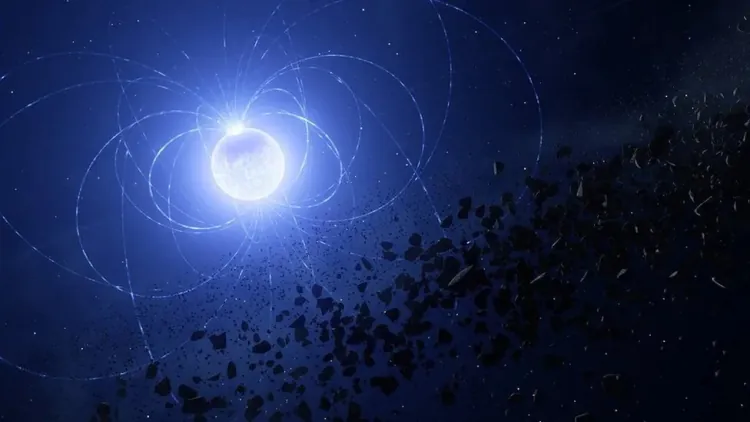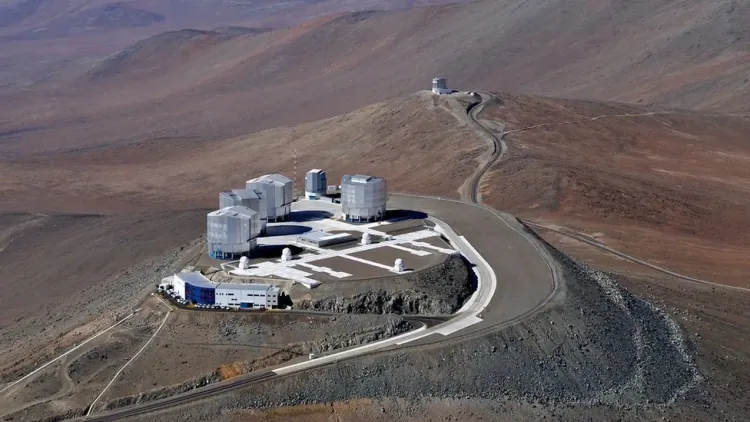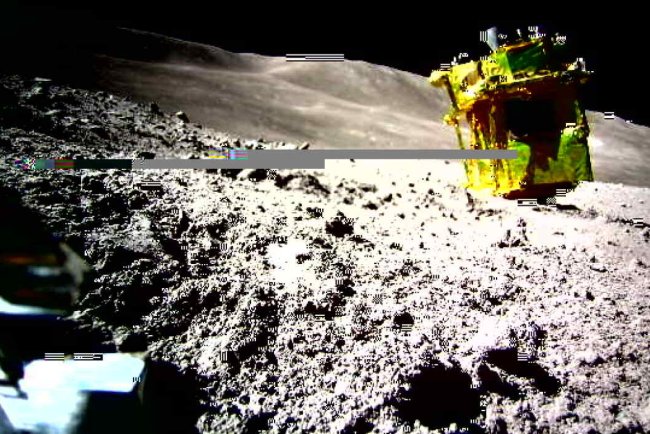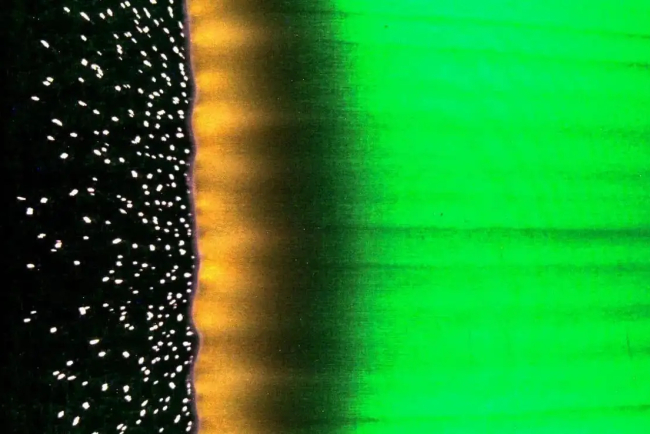Space Feast: Armagh's Discovery of a Star-Devouring Scar
Armagh astronomers reveal a groundbreaking discovery: a white dwarf star, WD 0816-310, with a unique 500km metal scar

Astronomical Breakthrough: Armagh's White Dwarf Unveils Cosmic Cannibalism
Discover how astronomers in Armagh revealed a cosmic phenomenon: a white dwarf star that devoured its neighboring planets, leaving behind a unique metal scar. Join us for an in-depth exploration at Kiksee Magazine.
In a remarkable discovery that sounds straight out of a sci-fi novel, astronomers stationed in Armagh have unearthed evidence suggesting a star's voracious appetite for its neighboring planets and asteroids. This celestial detective story unfolds at the Armagh Observatory and Planetarium, a beacon of astronomical research where the cosmos reveals its ancient secrets.
Understanding White Dwarfs
The story begins with the end—specifically, the end of a star's life cycle. A white dwarf represents the final evolutionary stage of stars like our Sun, destined to become a dense, burnt-out core, silently illuminating the vastness of space. These stellar remnants, no larger than Earth, harbor the heavyweight elements at their core, with lighter elements such as hydrogen and helium floating atop. Unlike their predecessors, white dwarfs no longer fuse elements to shine, marking their status among the celestial dead.
The Discovery at Armagh Observatory
The spotlight shines on WD 0816-310, a white dwarf star named by the astronomers at Armagh Observatory. What sets this star apart is a distinctive metal scar, spanning 500km—akin to the size of the asteroid Vesta—etched into its surface. This scar tells the tale of cosmic cannibalism, where the white dwarf consumed its planetary kin, enriching its surface with a tapestry of metals.
The Phenomenon of the Metal Scar
At the heart of this discovery is the metal scar's formation, a direct consequence of the star ingesting nearby planets and asteroids. This process left behind a concentration of metals, creating a scar unlike any observed before. Dr. John Landstreet, a key figure in this discovery, highlights the unexpected nature of this finding, where planetary material accumulates in a concentrated patch, guided by the star's magnetic field.
The Role of Magnetic Fields
This discovery shines a light on the pivotal role of magnetic fields in the cosmos. The metal scar, located at one of the star's magnetic poles, showcases how these fields funnel material onto the white dwarf, creating the observed scar. It's a clear demonstration of the magnetic field's influence on the distribution of material on a white dwarf's surface, a phenomenon previously unseen in astronomical research.
Implications of the Discovery
The implications of this discovery are vast, offering new insights into the lifecycle of stars and the fate of planetary systems. It challenges existing theories and opens up new avenues for research, pushing the boundaries of our understanding of the universe.
The Research Methodology
This groundbreaking work was made possible through the use of the European Southern Observatory's Very Large Telescope (VLT), a testament to the power of international collaboration in unraveling the universe's mysteries.
The Impact of Cannibalistic White Dwarfs
This discovery adds a new chapter to the cosmic saga, revealing the cannibalistic nature of white dwarfs. It's a stark reminder of the dynamic and often violent processes that shape our universe.
Future Directions in Astronomical Research
As we peer into the future, this discovery paves the way for further exploration into the mysteries of white dwarfs and their impact on the cosmic landscape. It's a journey that promises to uncover more about the delicate balance between creation and destruction in the cosmos.
Conclusion
The discovery of a metal scar on a white dwarf by Armagh astronomers offers a rare glimpse into the final stages of a star's life and its interactions with its surrounding planetary system. It's a finding that not only challenges our understanding of the universe but also celebrates the relentless pursuit of knowledge that defines astronomical research. For more insights and discoveries, visit Kiksee Magazine.
Summary:
A groundbreaking discovery by Armagh astronomers sheds light on a white dwarf star that shows evidence of having consumed nearby planets and asteroids, marked by a unique metal scar on its surface. This revelation provides new insights into the life cycle of stars and the dynamic interactions within their planetary systems.

Discover the fascinating findings by Armagh astronomers about a white dwarf star, WD 0816-310, which bears a metal scar, suggesting it devoured surrounding planets and asteroids. This unprecedented discovery at Armagh Observatory and Planetarium opens new doors to understanding stellar evolution and magnetic field influences.
What's Your Reaction?






















